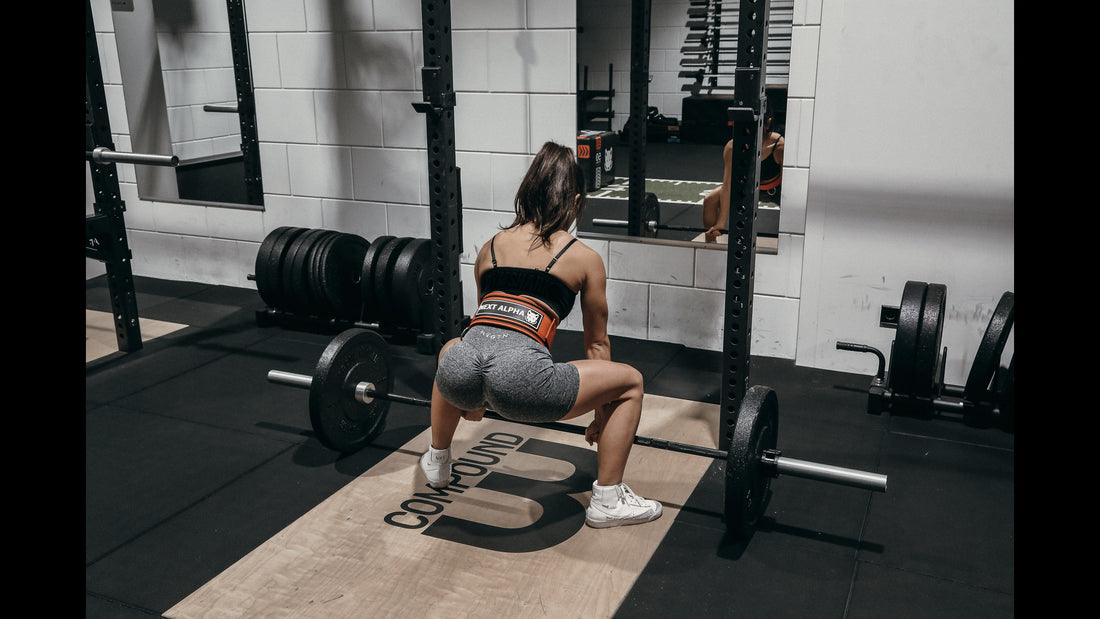
Exploring the World of Lifting Belts: What You Need to Know
Share
The appropriate equipment can significantly impact your performance and safety in the field of weightlifting and strength training. Many sportsmen and fitness aficionados consider lifting belts, also known as weightlifting belts, to be necessary equipment. When lifting big objects, these belts offer stability and support, protecting your lower back and core. This extensive tutorial will delve into the world of lifting belts, covering their advantages, varieties, appropriate applications, and how to pick the best one for your requirements.
The Benefits of Lifting Belts
When used correctly in resistance training, powerlifting, or weightlifting, lifting belts have a number of benefits. What they can do for you is as follows:
Lifting belts encourage stronger core stability, which results in better posture. They offer outside assistance, enabling your core to produce more intra-abdominal pressure. By maintaining a tight and straight spine, this improved stability helps to lower the risk of injury when lifting large objects.
Support for the Lower Back: A lifting belt's primary function is to offer lower back support. It helps to reduce some of the pressure on your spine by compressing the belly cavity. This is particularly helpful while engaging in lower back-intensive exercises like squats and deadlifts.
Improved Core and Lower Back Support: You can lift larger weights more effectively when your core and lower back are adequately supported. Strength improvements and improved performance are the results of this. You can use lifting belts to work out to your full ability.
Lifting Belts Promote improved Body Awareness Lifting belts promote improved body awareness. The belt acts as a physical cue to contract your core muscles as it presses against your body, encouraging good lifting form.
Types of Lifting Belts
Lifting belts are available in a variety of styles and designs, each addressing certain requirements and preferences. The main types consist of:
Powerlifting Belt: This belt tapers towards the front and is the broadest in the back. Powerlifters favour it because it offers sturdy support for the lower back during squats and deadlifts. The leather used to make powerlifting belts is typically strong and robust.
Weightlifting Belt: When compared to powerlifting belts, weightlifting belts are narrower in the front and back. Olympic weightlifters prefer them, and they are appropriate for workouts like the clean and jerk and snatch. Weightlifting belts assist you while allowing for more flexibility.
Nylon Belt: Workouts involving CrossFit and functional training frequently make use of these belts. They are an adaptable option for various exercises because they are lighter and more flexible than leather belts. Quick-release buckles on nylon belts are well-known and useful for intense workouts.
How to Properly Use a Lifting Belt
Lifting belts provide a lot of advantages, but it's important to utilise them properly:
Select the Proper Belt: Choose a lifting belt that is appropriate for your exercise regimen and fitness objectives. Make sure it is snug and comfortable around your waist.
Place the Belt in the Correct Position: Wrap the belt around your waist and place it just over your hipbones. A snug fit is ideal, but not too tight.
Proper Breathing: Take a deep breath before raising, and then squeeze your abdominal muscles against the belt. This increases your core stability by creating intra-abdominal pressure.
Keep Good Form: Although a belt can help support your lower back, it cannot take the place of using the right lifting technique. During your lifts, pay attention to maintaining proper form. Avoid overrelying on the belt and keep your spine straight by engaging your core.
Choosing the Perfect Lifting Belt
The best lifting belt selection is a very individualised approach. When selecting the ideal one, keep the following things in mind:
Material: Lifting belts are made of several materials, including leather and nylon. Belts made of leather are sturdy and long-lasting. For functional fitness exercises, nylon belts are great since they are lighter and more flexible.
Size: The belt's back can range in width. While weightlifters may choose narrower designs to allow for greater flexibility, powerlifters typically prefer wider backs for better support.
Lever or prong buckles are available for lifting belts. While prong buckles give a more conventional choice, lever buckles allow for quick and simple modifications. Pick the option that best suits your tastes and level of comfort.
Fit: Take an exact waist measurement and select a belt that is snug but still has some room for adjustment. Make sure your belt is neither too tight or too loose.
Belt thickness: The belt's thickness might vary. Although they offer extra support, thicker belts can be less comfortable for certain wearers. When selecting the thickness, keep in mind your level of comfort and the amount of support you require.
Conclusion
Lifting belts are essential in the field of strength training since they improve performance, safeguard your lower back, and encourage proper lifting technique. However, it's crucial to pick the appropriate belt for your purposes, ensure proper usage, and keep in mind that a belt should enhance your training rather than replace it. You may intensify your exercises, lift greater weights, and reach your fitness objectives while lowering the chance of injuries with the correct lifting belt by your side.
